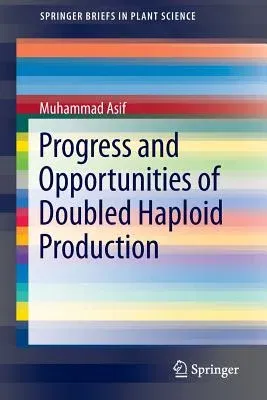Muhammad Asif
(Author)Progress and Opportunities of Doubled Haploid Production (2013)Paperback - 2013, 30 July 2013

Qty
1
Turbo
Ships in 2 - 3 days
In Stock
Free Delivery
Cash on Delivery
15 Days
Free Returns
Secure Checkout

Part of Series
Springerbriefs in Plant Science
Print Length
75 pages
Language
English
Publisher
Springer
Date Published
30 Jul 2013
ISBN-10
3319007319
ISBN-13
9783319007311
Description
Product Details
Author:
Book Edition:
2013
Book Format:
Paperback
Country of Origin:
NL
Date Published:
30 July 2013
Dimensions:
22.86 x
15.49 x
1.52 cm
Genre:
Science/Technology Aspects
ISBN-10:
3319007319
ISBN-13:
9783319007311
Language:
English
Location:
Cham
Pages:
75
Publisher:
Weight:
136.08 gm